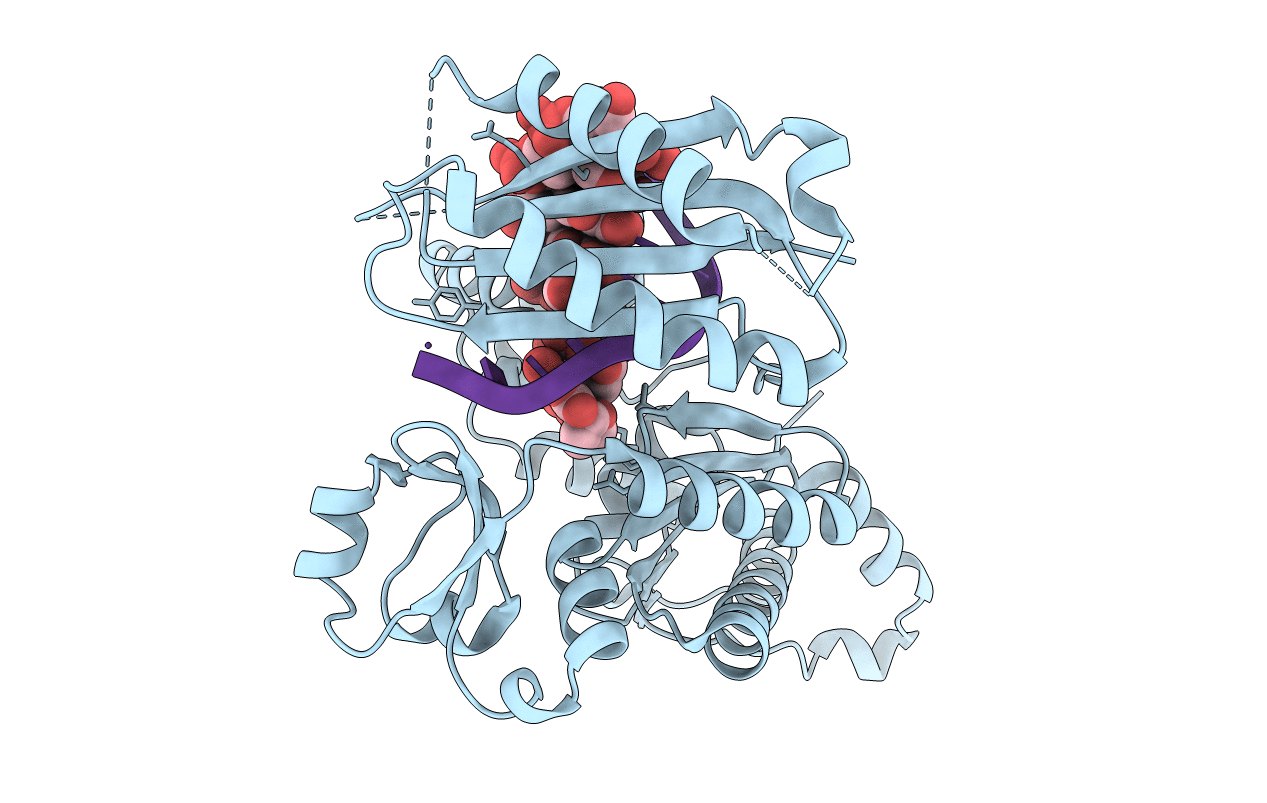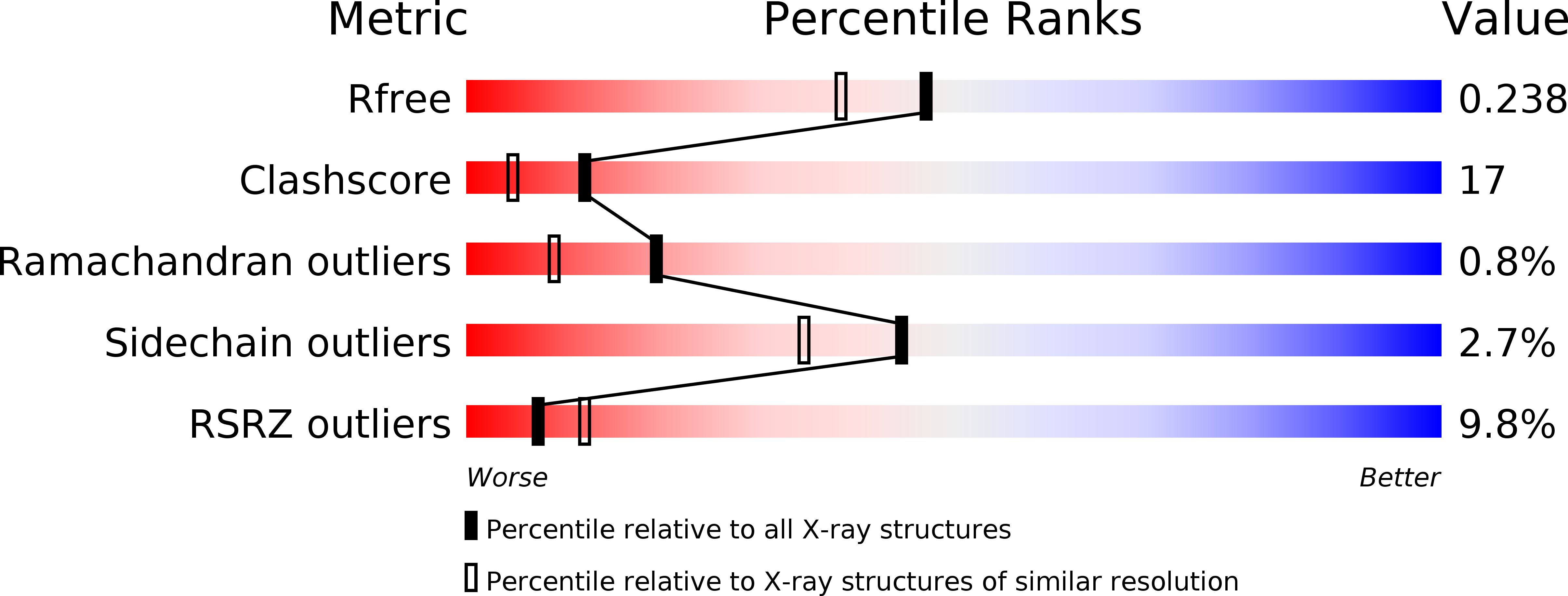
Deposition Date
2017-01-25
Release Date
2017-04-19
Last Version Date
2023-10-04
Entry Detail
PDB ID:
5ULX
Keywords:
Title:
Structure of human DNA polymerase iota bound to template 1-methyl-deoxyadenosine crystallized in the presence of dCTP
Biological Source:
Source Organism:
Homo sapiens (Taxon ID: 9606)
unidentified (Taxon ID: 32644)
unidentified (Taxon ID: 32644)
Host Organism:
Method Details:
Experimental Method:
Resolution:
1.96 Å
R-Value Free:
0.23
R-Value Work:
0.21
R-Value Observed:
0.21
Space Group:
P 65 2 2


